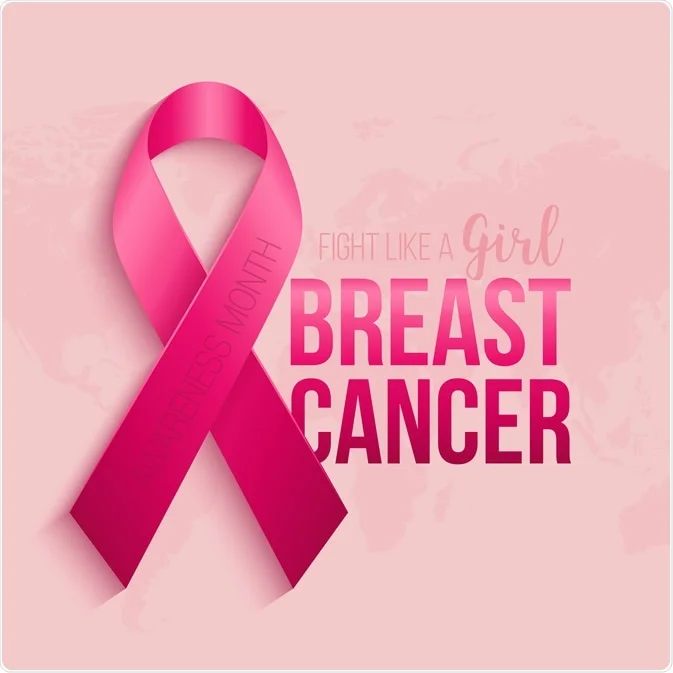Since there is a higher probability of therapy at an early stage than at a later stage, early cancer identification can save lives.
Patients who have advanced cancer or whose disease has spread throughout their body may have severe side effects, and it may be difficult for them to get it treated.
If you or your loved ones are suffering from breast cancer, then it is important to get it treated on time in the best cancer hospitals. (Also Pune is renowned to be amongst having the best breast cancer treatment in India)
When breast cancer is not treated, the patient’s aberrant breast cells proliferate and develop into tumors, which can be deadly.
According to the World Health Organization (WHO), in 2022, 2.3 million women were diagnosed with breast cancer and, 670000 died globally. This disease can occur at any age after puberty.
Risk Factors that Causes Breast Cancer
Breast cancer is a complex disease with multiple factors contributing to its development. Several risk factors, some modifiable and others not, can increase a woman’s chances of developing breast cancer.
These risk factors can be broadly categorized into two groups: non-modifiable and modifiable. There are various risk factors that can cause breast cancer which include:
- Genetics
BRCA1 or BRCA2 gene mutation is the biggest risk factor that causes breast cancer. This mutation can cause abnormal growth of cells and is hereditary.
7 in 10 women with this mutation have the chance of developing breast cancer.
- Family History
For certain women, breast cancer may also have a family history. Your risk of developing breast cancer might be elevated if you have a mother, sister, or daughter who has the disease.
- Rare Inherited Disorders
Li-Fraumeni syndrome, Cowden syndrome, and Bannan-Riley-Ruvalcaba syndrome are a few hereditary illnesses that can be a reason for getting breast cancer.
- Radiation Therapy
Women who receive radiation therapy to their chest as a part of another treatment have the risk of getting breast cancer as well.
- Signs and Symptoms of Breast Cancer
The most common symptom of breast cancer is a new lump or a mass. It can be painless, hard, soft, round, tender and in some cases, it can be painful.
- Some other symptoms include:
- A new lump in the breast or armpit.
- Irritation in the breast skin.
- Thickening or swelling of the breast.
- Nipple discharge other than breast milk, including blood.
- Change in size and pain in any area of the breast.
If you have any of these symptoms, then you should consider consulting a doctor.
Types of Screenings for Breast Cancer
Early detection of breast cancer includes doing monthly breast self-exams and scheduling regular visits to your doctor. Here are the list of various types of breast cancer screening:
- Self-Checks
This can help you keep a check on how your breast looks and feel. Keep a check on the shape, size, texture, and weight. If you notice any sudden change like hard lumps, report the issue to your doctor.
- Mammograms
Mammograms are a low dose of X-rays. It takes images of the breast and can help doctors to understand any change at an early stage. Mammograms can find cancers before the symptoms. It is an advantage because it means that the cancer can be treated on time.
- Ultrasound
Ultrasound can use sound waves to create images inside the breast. These images can detect changes and tell the various types of differences between a cyst and a mass.
They can show changes that might be difficult to spot on a mammogram. Ultrasounds are used for biopsy.
- MRI
Magnetic Resonance Imaging is referred to as MRI. In addition to being able to detect cancer that mammograms miss, they may provide a sharper picture of the interior of the breast than mammography.
- Conclusion
In conclusion, breast cancer can be fatal if not treated on time. You can do a self-exam to keep a check. Consult your doctor if you feel any abnormality in your breasts.

